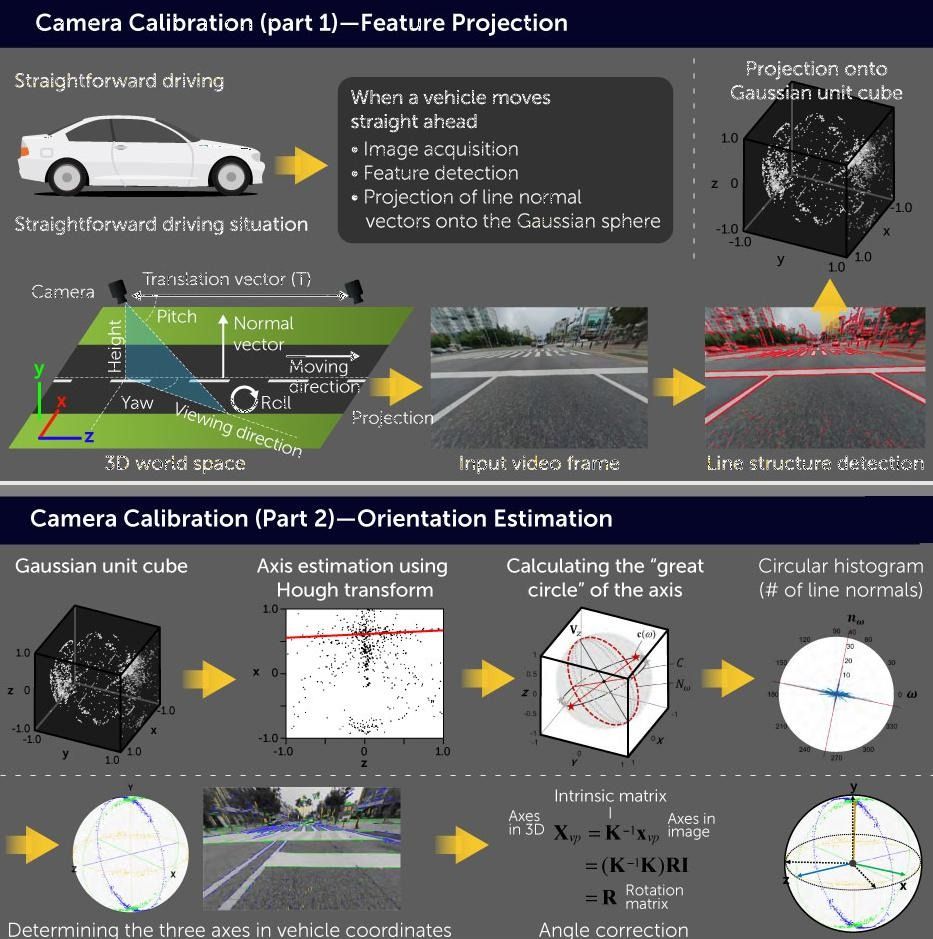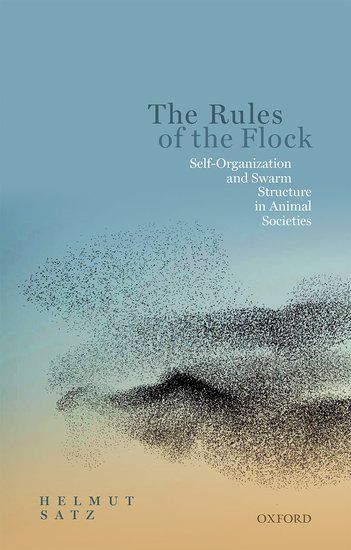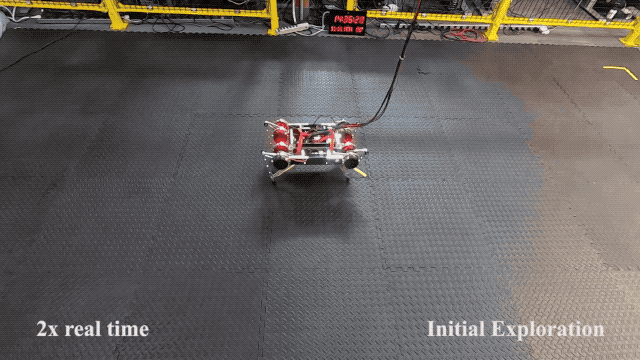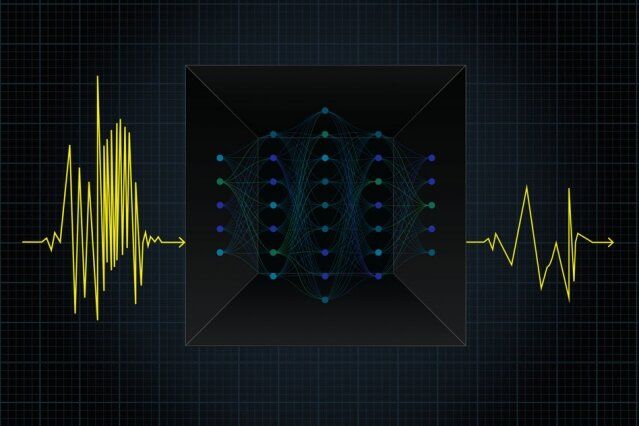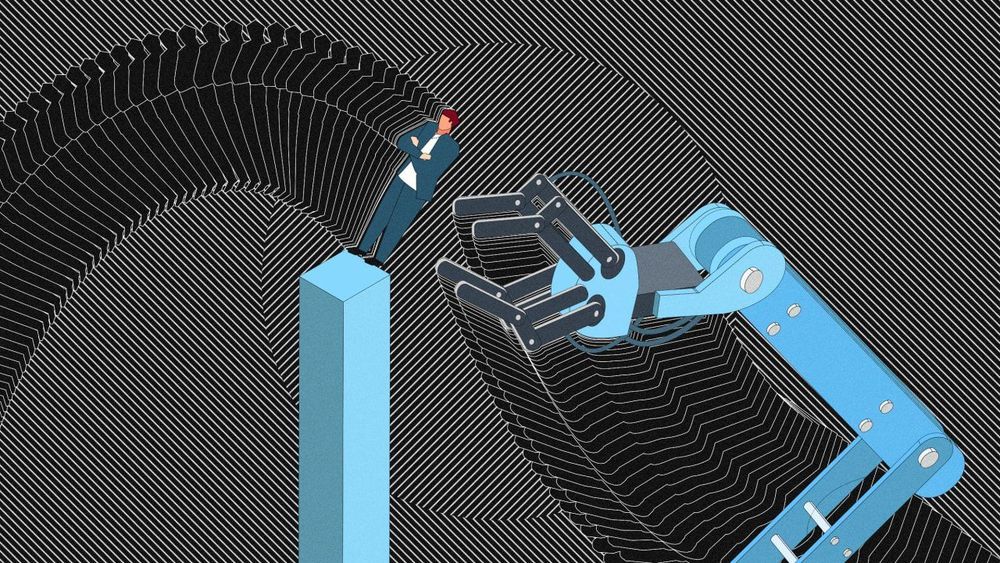Mar 2, 2020
Novel camera calibration algorithm aims at making autonomous vehicles safer
Posted by Omuterema Akhahenda in categories: information science, robotics/AI, transportation
Some forms of autonomous vehicle watch the road ahead using built-in cameras. Ensuring that accurate camera orientation is maintained during driving is, therefore, in some systems key to letting these vehicles out on roads. Now, scientists from Korea have developed what they say is an accurate and efficient camera-orientation estimation method to enable such vehicles to navigate safely across distances.
A fast camera-orientation estimation algorithm that pinpoints vanishing points could make self-driving cars safer.
Continue reading “Novel camera calibration algorithm aims at making autonomous vehicles safer” »
